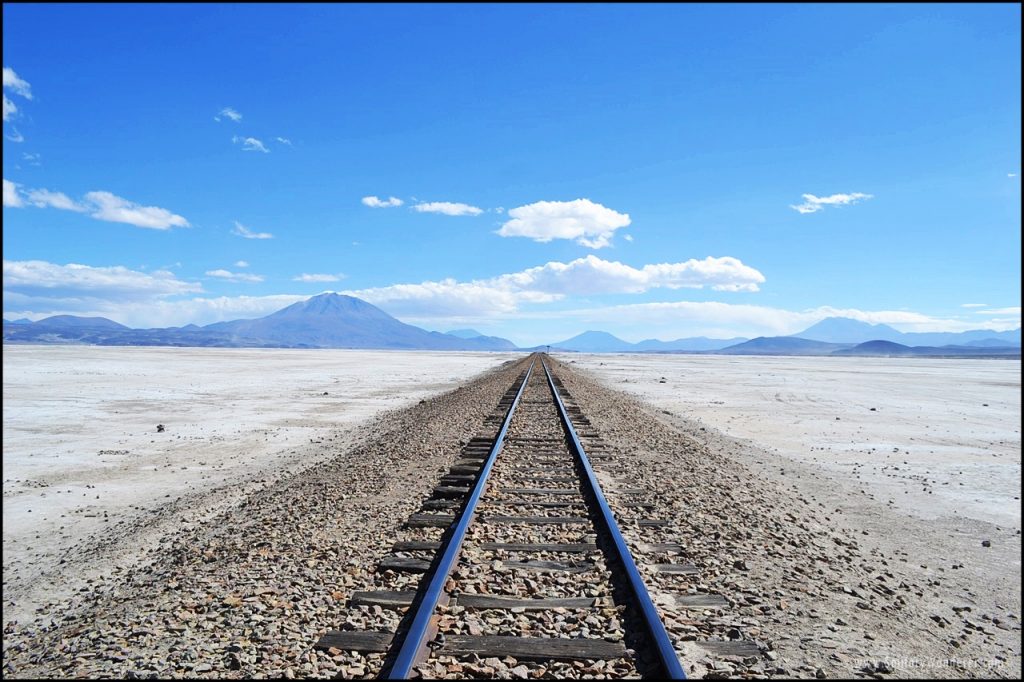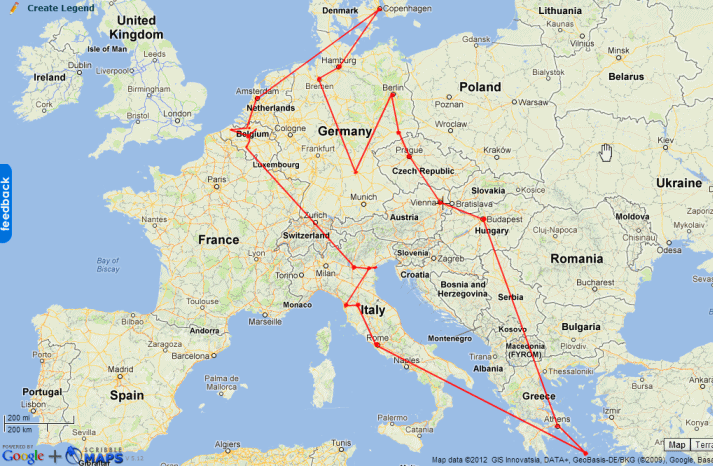
This website uses cookies so that we can provide you with the best user experience possible. Cookie information is stored in your browser and performs functions such as recognising you when you return to our website and helping our team to understand which sections of the website you find most interesting and useful.









19 Comments. Leave new
Excellent post. Great reminders of how awful some travellers can be, and why we must lead the way and showcase responsible travel as much as possible. Karma will work its mysterious ways with that yahoo who abused the ray, I’m sure of it. 🙂
Well said! This is a very educational post. I think in terms of the jelly fish, some tourists are just not aware — nonetheless — it should be our instinct to be more cautious. It’s good that you are trying to educate the masses about responsible tourism because sadly, people seem to have forgotten these basics.
It’s so sad to be climbing beautiful mountains and seeing all the trash that people leave behind.
I agree with you that the world needs a lesson in responsible tourism – I’m shocked to hear about his behavior with the stingray too – it’s disgusting the way people feel they can treat animals. It’s kind of an ironic dichtonomy, that we travel to experience the beauty of places, but in being there our presence is destroying it a little bit at a time.
With wildlife too – it saddens me to no end when a person acts irresponsibly, gets hurt, and then the animal is put down. I’m sorry but if you try to feed a wild animal in lets say Africa, you’re an idiot and you’re going to get hurt. The animal shouldn’t have to pay for people’s stupidity.
Really wonderful tips, thankyou for this reminder, I think even the most responsible travelers need a gentle reminder sometimes because it is very easy to slip up if we get carried away in a moment of excitement.
Good reminders…and it’s sad that travelers need them. I am also shocked at the amount of trash I see wherever tourists are. Can you really not throw something away in a garbage bin, or keep it unti you can?!
It is also sad to me that large numbers of tourists can also change a culture or way of life for indigenous people who learn to cater to the industry that will bring the most money.
Aaahhh! I don’t get it either when tourists treat wild life or wild life sanctions as some sort of crazy online game that isn’t real. It really hurts and disturbs me. I love the beautiful words, “Take nothing but pictures, leave nothing but footprints, kill nothing but time” – I wonder if the people that hurt, pillage and loot such amazing natural places even read it. Great post, you’ve made me think about saying more myself on this subject.
You make some great points. Tourism can be so destructive to the environment – I love the motto ‘take nothing but pictures’.
This is something that is heavy on my heart too. I can’t stand that people leave their litter everywhere. My fiancé and I always pick up whatever trash we can and have the motto “leave a place better than we found it” (in regards to litter. Exploitation of animals is a whole different story that makes me so mad! Great article.
Thank you for this article. You are so right about everything you write. I almost had tears in my eyes when I read the story about the stingray! How can you be either so ignorant or so stupid! I hope this guy gets a good portion of Karma! I used to take a shell home from holidays as well, but my parents thankfully showed me why I shouldn’t do that. Right now I have a more minimalistic way of life and I try to accumulate as few things as possible. It’s so much easier to live and also love like that. You enjoy the little things so much more when you know that you can’t possess/keep them. Even souveniers don’t mean that much to me anymore.
We went to the Sloth Santuary in Costa Rica last year and we decided to take the more expensive tour where you could see the baby sloths as well. Before we went there, I’ve seen many pictures of people holding sloths and I thought that would be absolutely ok. When we were in the Sanctuary though, our guide explained us, that holding the sloths puts them under such a stress, that they might die from it. We happily took our photos then and were so glad that the people in the Sloth Sanctuary really protect their sloths!
I think we as a human race need to learn to be a lot more humble. Or like a good friend once told me: “Don’t destroy what you enjoy”
‘Take nothing but pictures, leave nothing but footprints’
This has been my motto too whenever I talk about travel. I’,\m especially worried about the reefs. I have seen too many spoiled reefs to be optimistic, but posts like these surely will increase awareness on responsible travel. Go green!
Hi Aleah,
I am in. With the creed and with responsible travel. I treat wildlife like wildlife, leaving it be. Hell; 2 months back I removed an aggressive 8 inch long centipede from the place in Thailand rather than kill it. People felt I was nuts. He was there before me. He deserves to live, as do all wild creatures who do as they do. Don’t let fear or outright ignorance force you into doing something irresponsible. If you travel to these places off the grid, have the balls to do the right thing. Live in harmony with nature.
Thanks for sharing 🙂
Ryan
as i often say, people who do not follow the “leave no trace” principle should not get that privilege of traveling or visiting any place of interest.
I’m already annoyed when people leave their trash anywhere even when not traveling! That stingray story is just.. plain disappointing. 🙁
i’m touched by this Aleah…
hope more and more will be advocates of the mountaineers creed.
jho VD
mountainsnbeyond
All points here are very true. Remember that we are just visitors in Mother Nature’s bosom. She demands utmost respect.
Great tips, and lovely pics of the Philippines … I can’t wait to be back in your country again.
I’ve been dreaming of mountaineering but my parents didn’t allow me because of the dangers that might happen. I already bookmarked this post so I can read it in the future.
Kai
Well said…hope there are more responsible travellers like us…lucky for d younger generation that they get to travel cheaper these days and they are now conscious of not leaving their trash cuz of bloggers like you. Your advocacy is loud n clear. No waste,healthy place.
very insightful. the travel industry is one of the causes of climate change as carbon footprints are emitted just for the enjoynment of few.. raising awareness on how to travel responsibly should be one of the agenda of every travel influencer out there and thanks for doing this Aleah
Well written and I’m glad you raised this concern. I thought I was being very conscientious about traveling, but alas my shell collecting days will be over ASAP.
The way to deter tourists (be it local or foreign) is to make every resident/local a caretaker to the place. And to do that I believe the best way is through education. And of course making enforceable rules.
So far in my travels, Costa Rica has proven that you can teach the population to be conscious of the environment and steer away from traditional tendencies for the greater good of the community. When the govt started rehabilitating the giant green turtles they educated the residents that while eating turtles is age old tradition, building up the turtle population would not only be good environmentally but these turtles would in turn bring in the tourists dollars (which it has) – a win-win for everyone. Convincing the resident is the toughest part I think. Now everyone is a caretaker. And they all bought in to the conservation program.